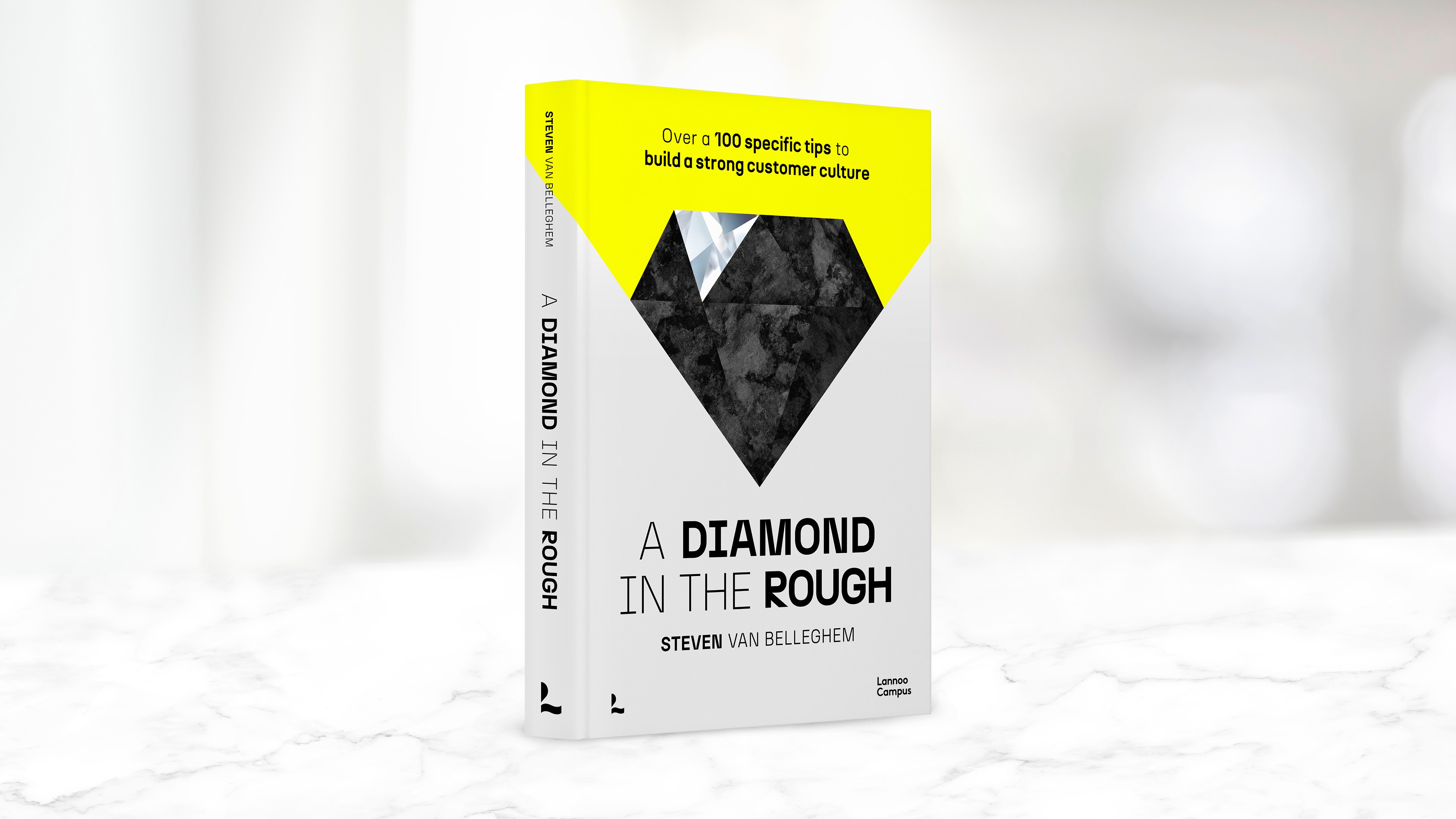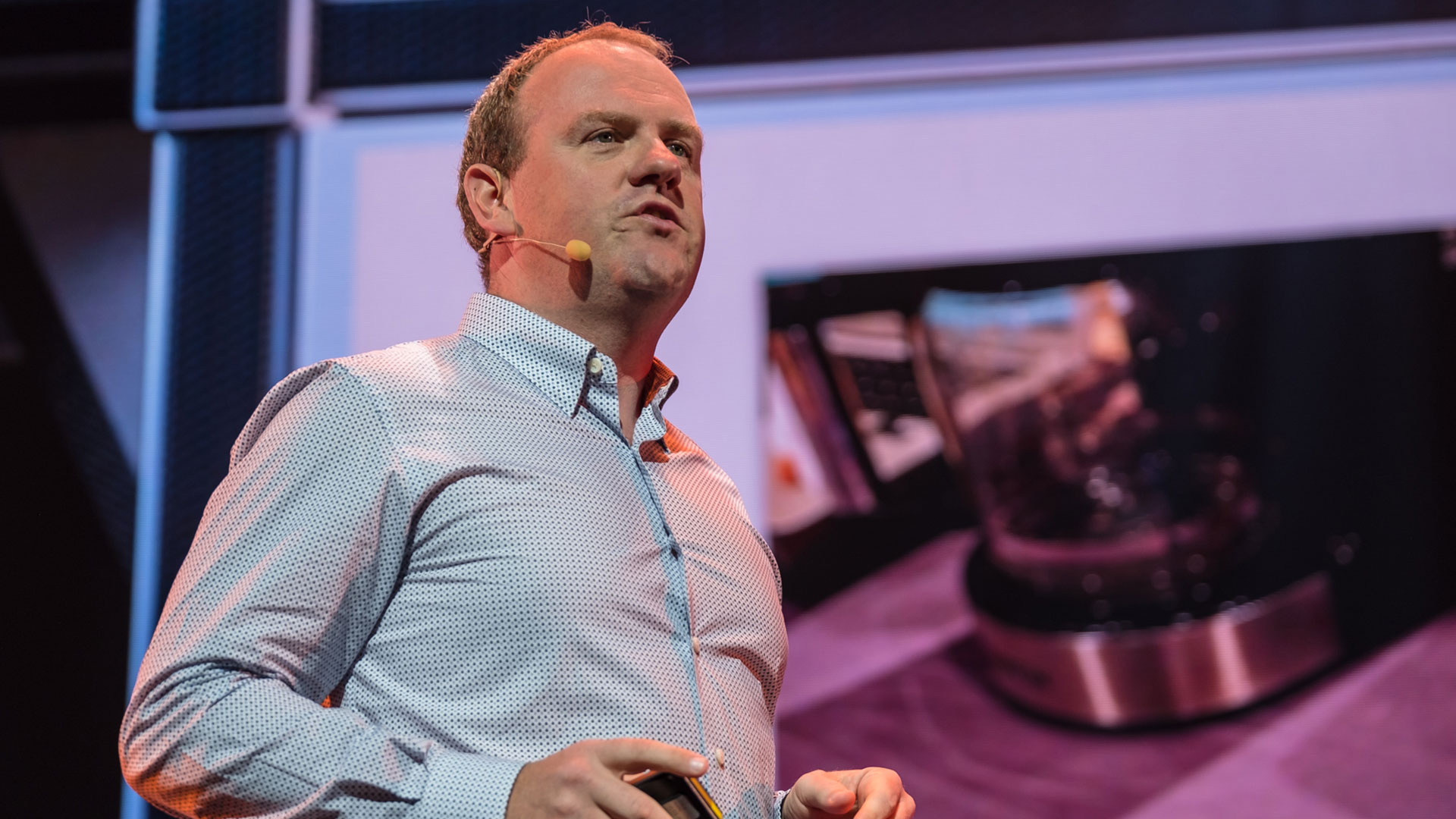A Diamond in the Rough: Unlocking the Power of Customer Culture

By Steven van Belleghem, keynote speaker and author
Incorporating a customer-centric approach is on every company's agenda. It's prominently featured in PowerPoint presentations, discussed in boardrooms, and often becomes a catchy buzzword. But, in many cases, it remains just that—a buzzword without substantial transformation.
The astonishing reality is that businesses can genuinely believe they are delivering exceptional customer service, only to discover otherwise through customer feedback. An oft-quoted statistic in the realm of customer-centricity is this: 80% of CEOs believe their companies are customer-centric, yet a mere 8% of customers agree. A glaring chasm exists between a company's self-perception and its actual performance in the eyes of customers.
Furthermore, a disconnect often exists between a company's leadership and its employees. I once had a conversation with the CEO of a major e-commerce company about their customer experience efforts. He confidently claimed, "We excel in customer experience." As I set up my presentation, the IT team offered assistance. One of them inquired about the topic, to which I replied, "Customer focus." Their response was revealing: "That's interesting; we have much to learn about customer focus. It often goes awry here."
Does this paradox sound familiar? Your company aspires to be customer-centric, lays out strategic plans, yet falls short of true customer-centricity. This paradox is widespread—a multitude of companies are diamonds in the rough when it comes to customer experience. The objective of my forthcoming book is to polish these diamonds, transforming them into glistening gems.
THE POWER OF CUSTOMER CULTURE
Customer culture is the cornerstone of this transformation. Rien Brus, a customer experience consultant at pension administrator APG, eloquently states, "When I encounter a company with a genuine customer culture, where people are authentically interested in their customers, that never becomes ordinary; it's consistently gratifying."
In the first two decades of this millennium, there was excessive optimism about technology's potential to elevate customer satisfaction. While technology brings benefits, it's not a sustainable differentiator. Initially, a company may leverage technology more effectively, but this advantage erodes quickly. Technology becomes a prerequisite for success, not a unique selling point.
It's increasingly evident that the only sustainable path to genuine customer satisfaction is through the creation of a customer-centric culture. This culture places the customer at its core, instilling a belief in leaders and employees that a contented customer guarantees future success. It's a culture that endures short-term discomfort for long-term gains, all while maintaining profitability. Pieter Zwart, CEO of Dutch e-commerce company Coolblue, highlights the importance, stating, "The finance director and customer satisfaction director are the two most crucial individuals in the company."
To transform into a shining diamond, you must view customer focus as an enduring philosophy. The COVID-19 pandemic underscored that customer experience isn't akin to a seasonal decoration. You can't flick a switch to turn customer-centricity on and off. Statistics reveal that 32% of consumers perceive lower customer service standards post-pandemic, and 40% sense decreased productivity and responsiveness in contact centers.
The chaotic scenes at European airports in the summer of 2022 served as a stark reminder. The airline industry had paused its customer experience efforts for nearly two years, and it struggled to rekindle its focus when travel resumed. Managing customer experience requires a steady vision and impeccable execution—not a mere flick of the switch.
THE RIPPLE EFFECT OF CUSTOMER CULTURE
A robust customer culture initiates a ripple effect of positive outcomes:
- Enhanced Customer Experience: A strong customer culture empowers employees to prioritise the customer, delivering personalised experiences.
- Increased Customer Loyalty: Superior customer experiences foster loyalty. Eighty-three percent of customers switch providers due to subpar service, and over half are willing to pay more for outstanding service.
- Positive Reputation: A customer-centric culture boosts brand reputation, inspiring customers to speak favorably about your company.
- Competitive Edge: In an era of abundant choices and low switching barriers, a superior customer experience and strong reputation drive business success.
The swifter this customer culture permeates your organisation, the quicker you can outpace competitors.
"A DIAMOND IN THE ROUGH": YOUR GUIDE TO TRANSFORMATION
My book, A Diamond in the Rough, is your practical guide to becoming more customer-centric. Whether you're a large or small company, B2C or B2B, located in the East or the West, this book is tailored to help you bridge the gap between intent and execution.
It's a "HOW?" book that delves into the strategies for infusing a customer-focused mindset into your organisation. Discover how managers can cultivate a culture where every employee is committed to customer-centricity every day.
My aspiration is to see numerous rough diamonds gleaming as exquisite jewels, and I firmly believe that developing a radiant diamond mindset can make a difference in any company. Let's embark on this transformative journey toward customer-centric success together.
For more info: www.stevenvanbelleghem.com/diamond



